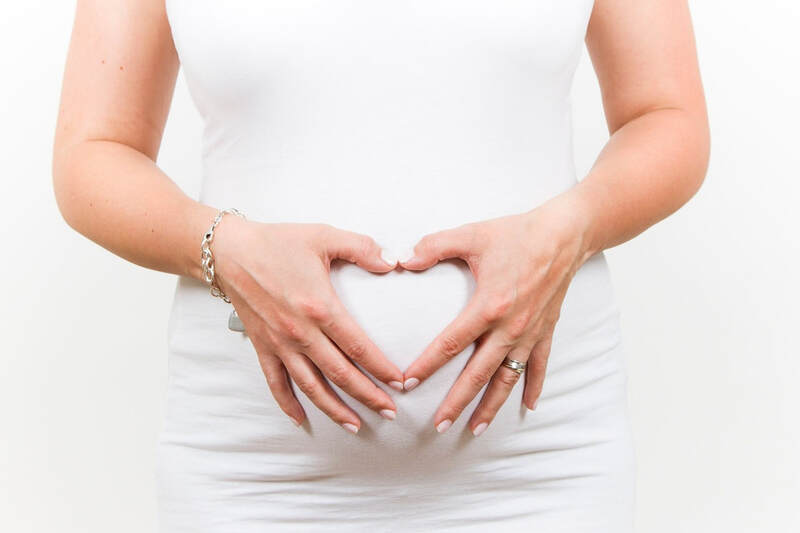Pollution and Influenza Amongst Expecting Mothers
Vulnerable populations, such as immunocompromised people, may suffer greatly from air pollution, especially in urban areas. In a recent study, a group of researchers determined that pregnant mothers were more likely to have a more severe reaction to influenza when exposed to ultrafine particles (UFP) in the air. This study was conducted on a group of pregnant mice who were subject to UFP exposure to test if the particles led to an abnormal immune reaction which increases infection severity.
Ultrafine particles in the air come from a variety of sources, but mainly from traffic and industrial emissions. UFPs are particularly dangerous as they are small enough to enter pulmonary tissue and cause damage to the lungs over time. Researchers exposed mice to UFPs for 13.5 days in order to evaluate various health effects such as weight gain, viral titer, lung activity, and virus/inflammatory-related genes. Another group of mice were raised simultaneously with clean, filtered air in order to compare results.
Ultrafine particles in the air come from a variety of sources, but mainly from traffic and industrial emissions. UFPs are particularly dangerous as they are small enough to enter pulmonary tissue and cause damage to the lungs over time. Researchers exposed mice to UFPs for 13.5 days in order to evaluate various health effects such as weight gain, viral titer, lung activity, and virus/inflammatory-related genes. Another group of mice were raised simultaneously with clean, filtered air in order to compare results.
Image Source: SD-Pictures
Both groups of mice were injected with live strains of influenza on the fourteenth day and necropsied 3 days post-injection. It was found that exposure to UFPs did not affect pregnancy rates. In order to test the immune system’s reaction to the infection, the mices’ DNA was taken to determine differences in genetic expression. They found that in the UFP exposed group, many of their cells had been destroyed, indicating that UFPs increased immunosuppression and viral replication in the body.
Furthermore, fetal tissue from both mice groups was collected for examination. Various factors were taken into account like fetal weight, fetal size, placental weight, and placental efficiency (grams of fetus produced per gram of placenta). Only one difference was found between the two groups – placental efficiency had decreased in the UFP group. Otherwise, infection did not affect the wellbeing of the fetus as compared to the group with filtered air.
While the data demonstrates a clear connection between ultrafine particles and an enhanced respiratory effect from influenza in pregnant mothers, it is important to note that this study has only been through testing on mice, not humans. Therefore, it is not possible to relate any of these findings to human health. Overall, while these results confirm the effects of UFP’s on mice, it may be misleading to apply its accuracy to human mothers. However, the findings suggest a possible correlation that highlights how vulnerable people should be conscious in areas with high densities of ultrafine particles.
Furthermore, fetal tissue from both mice groups was collected for examination. Various factors were taken into account like fetal weight, fetal size, placental weight, and placental efficiency (grams of fetus produced per gram of placenta). Only one difference was found between the two groups – placental efficiency had decreased in the UFP group. Otherwise, infection did not affect the wellbeing of the fetus as compared to the group with filtered air.
While the data demonstrates a clear connection between ultrafine particles and an enhanced respiratory effect from influenza in pregnant mothers, it is important to note that this study has only been through testing on mice, not humans. Therefore, it is not possible to relate any of these findings to human health. Overall, while these results confirm the effects of UFP’s on mice, it may be misleading to apply its accuracy to human mothers. However, the findings suggest a possible correlation that highlights how vulnerable people should be conscious in areas with high densities of ultrafine particles.
Featured Image Source: PublicDomainPictures
RELATED ARTICLES
|
Vertical Divider
|
Vertical Divider
|
Vertical Divider
|






